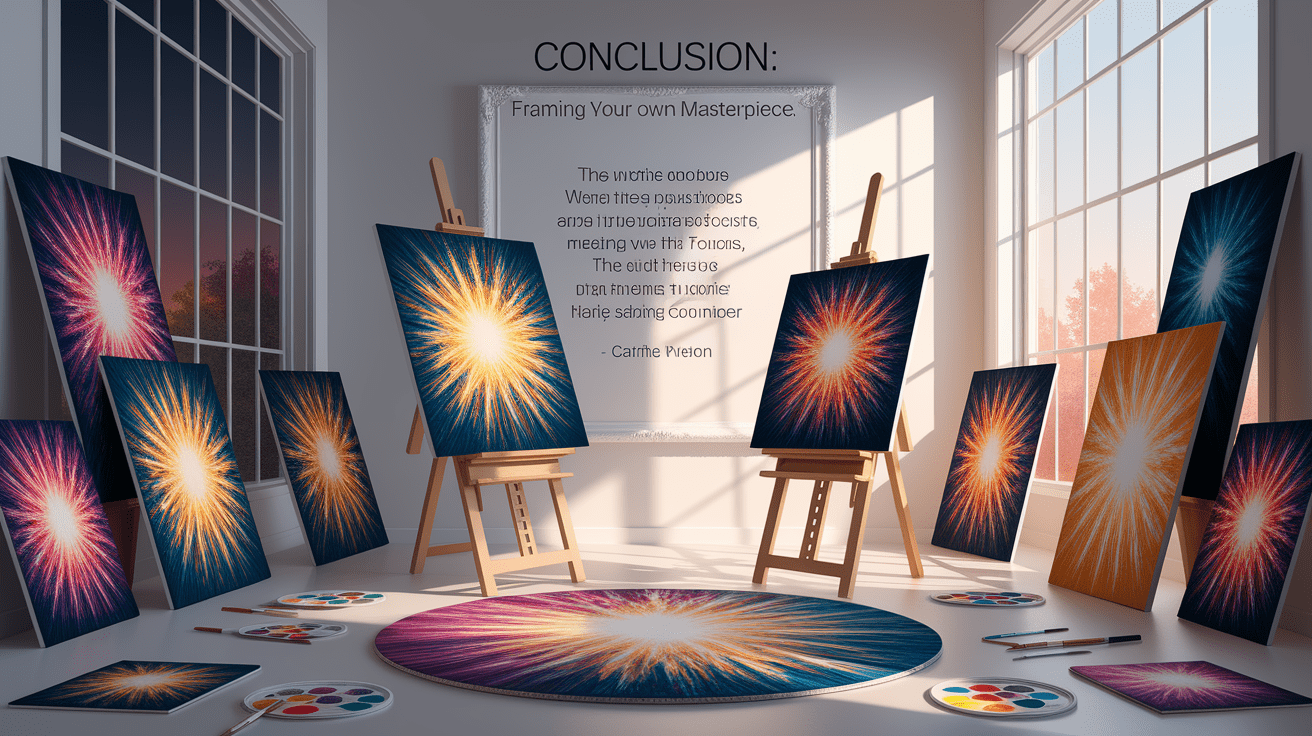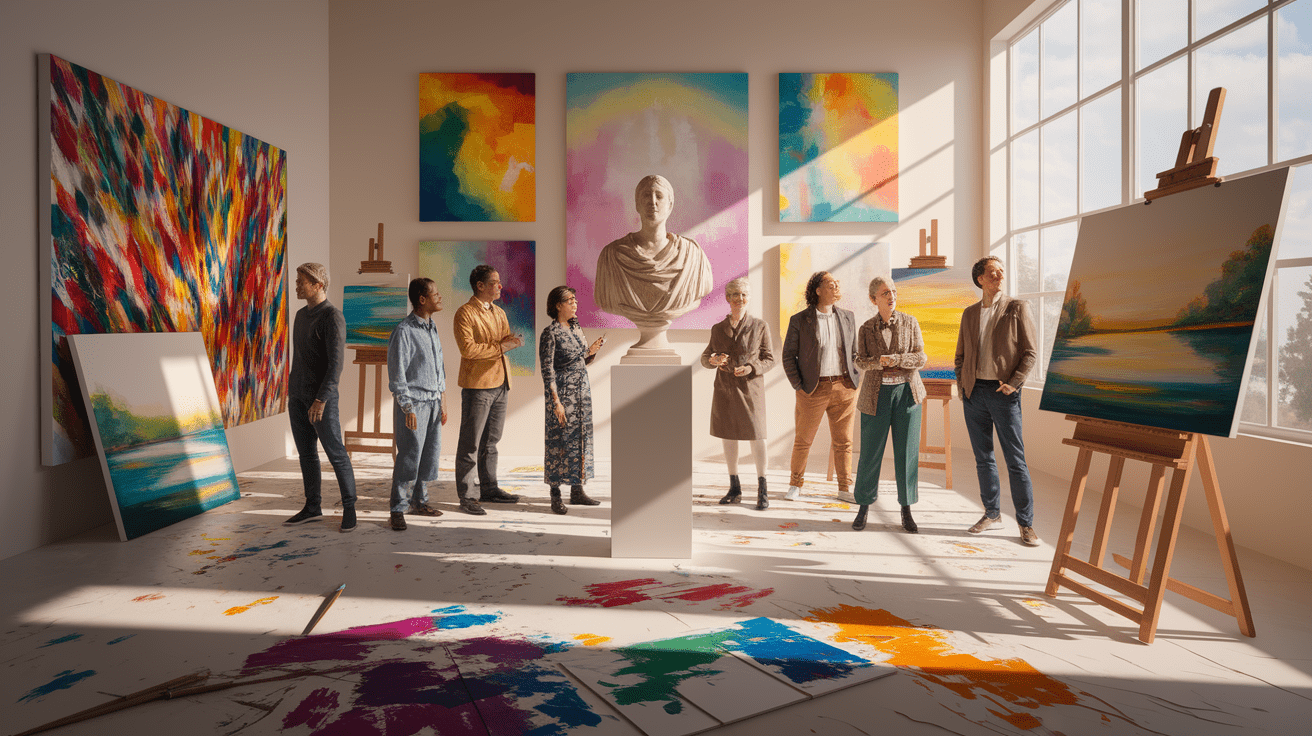Why We Love Art: The Psychology of Aesthetic Appreciation
Opening the Canvas: The Essence of Art Appreciation
Art appreciation is the study and practice of engaging with artworks—whether paintings, sculptures, music, literature, or other aesthetic stimuli—in ways that evoke cognitive, emotional, and sensory responses. Within psychological aesthetics, this interaction is examined to understand how individuals perceive beauty, interpret artistic expression, and form aesthetic preferences.
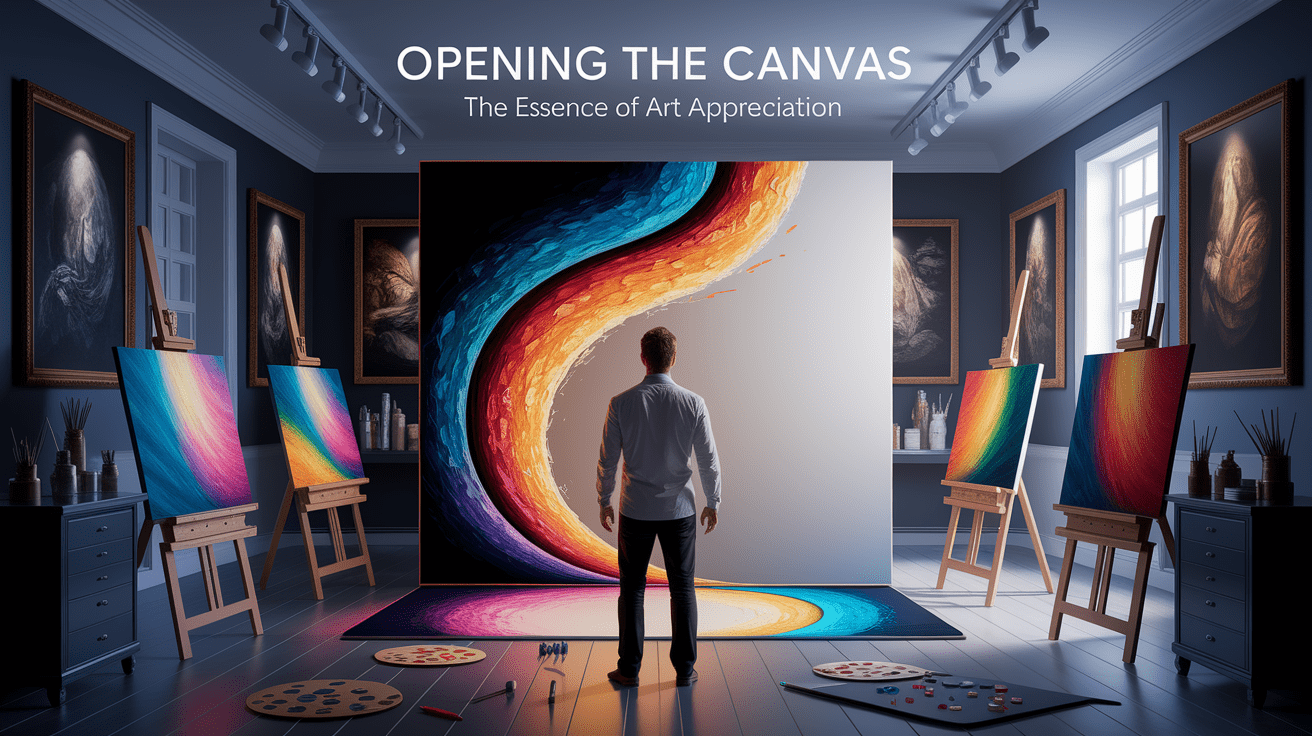
Historically, foundational work in the field can be traced to Gustav Theodor Fechner in the late 19th century, who established empirical methods for examining beauty and aesthetic judgment. Contemporary approaches draw from visual perception, cognitive psychology, and affective science to explore phenomena ranging from split-second preferences to deep emotional engagement with complex works of art. This involves integrating perceptual clues from the artwork with personal experience, cultural aesthetics, and situational context.
The Brain’s Palette: Neural Foundations of Aesthetic Experience
Aesthetic experience is supported by intricate brain mechanisms that merge sensory input, cognition, and emotional evaluation. In the domain of neuroaesthetics, research reveals that viewing art initiates bottom-up processes—such as identifying colors, shapes, and textures—that are then modulated by top-down processes including prior knowledge, familiarity, and expectations.
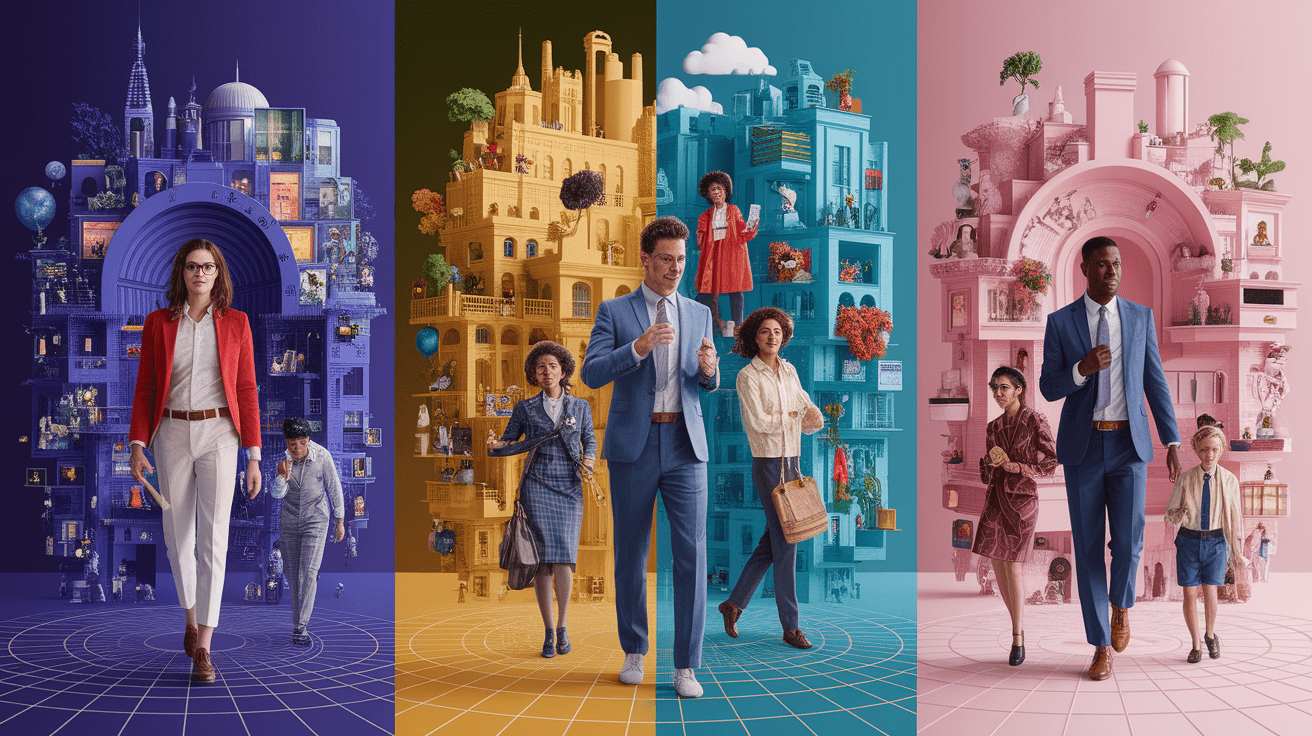
Neuroimaging studies identify engagement of:
- Sensory and attention networks, such as the frontal eye fields and intraparietal sulcus, which guide where we focus our gaze in a visual artwork.
- Cognitive control regions in the prefrontal cortex, crucial for interpreting meaning and assessing artistic intent.
- Emotion and reward systems, including the ventral striatum and orbitofrontal cortex, which contribute to pleasure and value judgments.
This integration of perceptual psychology and cognitive neuroscience supports art cognition—the understanding and evaluation of art—by linking visual art cognitive processing to the neurological basis of beauty and aesthetic judgment formation.
Feeling the Brushstrokes: Emotional Rewards and Well-Being
Engaging with art often elicits powerful emotional responses, ranging from joy and awe to melancholy or contemplation. The emotional and reward processes activated during art appreciation are associated with improved mood, stress reduction, and enhanced psychological well-being.
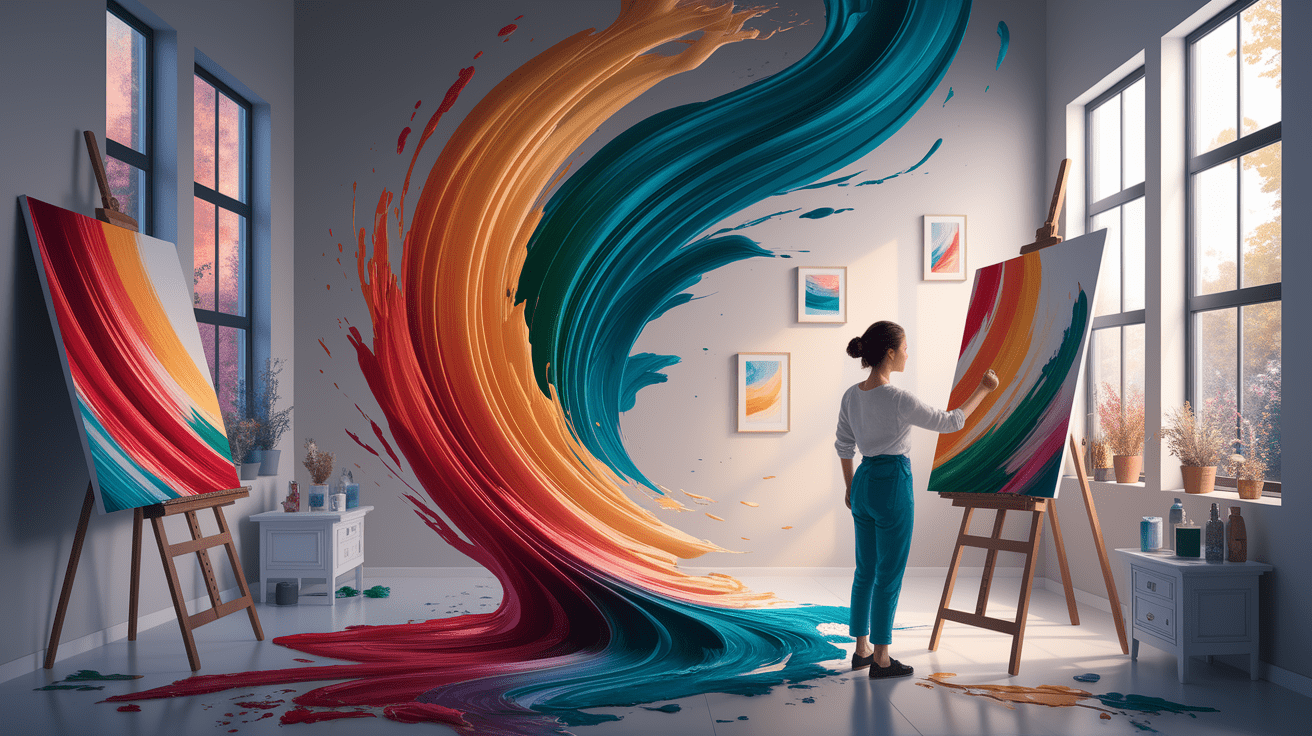
Benefits include:
- Pleasure and Motivation: The activation of brain regions linked to reward can lead to a sense of enjoyment and intrinsic motivation to engage with art.
- Emotional Regulation: Art can help manage and modulate emotions, functioning similarly to techniques in art therapy.
- Cognitive Engagement: Observing and interpreting artworks stimulates mental flexibility, curiosity, and reflective thinking.
These outcomes are reported both in experimental settings and real-world contexts such as museum visits, illustrating the close relationship between the psychological response to art and its potential for enhancing well-being.
Personalizing the Picture: Individual and Contextual Factors
Not all viewers respond to art in the same way. Aesthetic preference is shaped by both personal and environmental influences, such as art expertise, education, and cultural background. According to research on art appreciation psychology, trained art viewers often appreciate a wider range of styles, including abstract works, while novices tend toward realism or figurative representations.
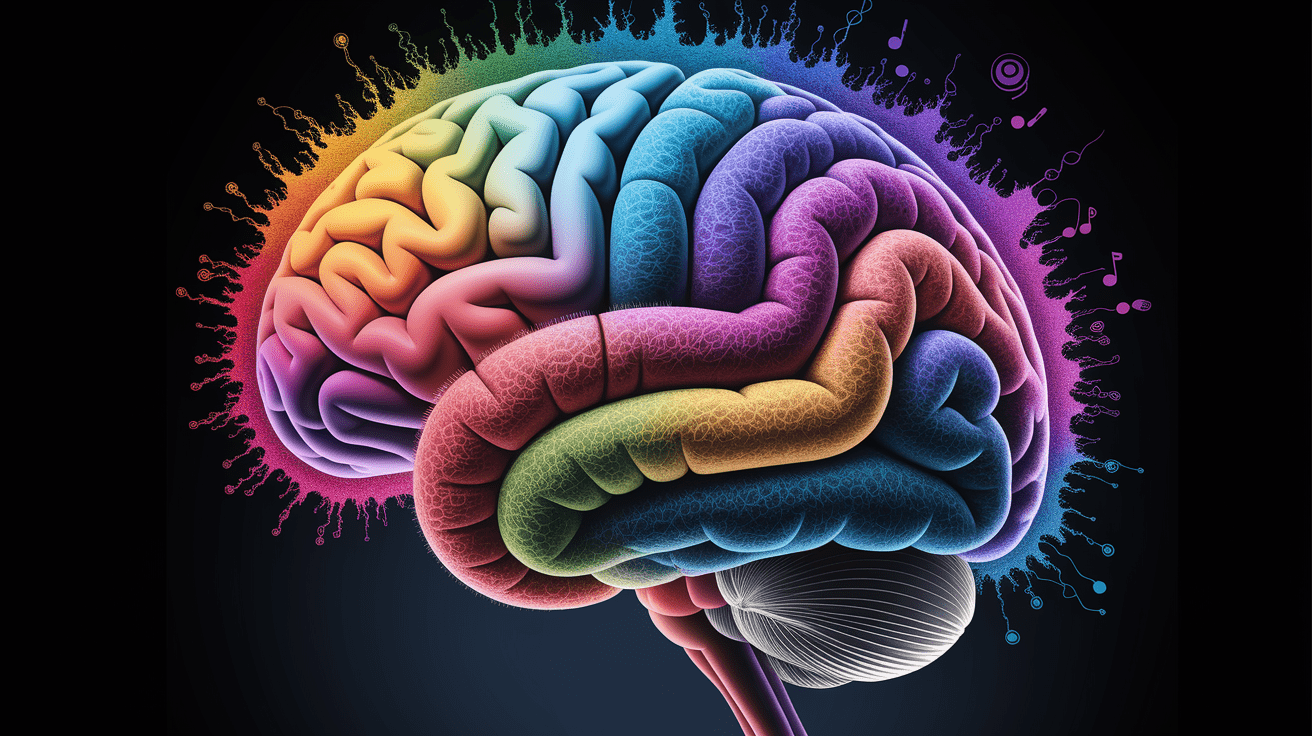
Contextual factors play a critical role, including:
- Framing Information: Titles, artist statements, and exhibition narratives can alter interpretations and emotional responses.
- Viewing Environment: Lighting, display space, and surrounding artworks influence visual perception and engagement.
- Cultural Influences: Artistic beauty standards vary across societies, shaping what is considered aesthetically pleasing.
Moreover, empirical findings reveal that people often spend very brief periods observing artworks. Providing interpretative cues or engaging activities can enhance attention and deepen aesthetic experience, demonstrating the interplay of cognitive processing and environmental design in art cognition.
Conclusion: Framing Your Own Masterpiece
The psychology of art appreciation combines sensory science, emotional research, and cultural analysis to explain why humans are universally drawn to aesthetic experiences. From the neural activation patterns that accompany beauty perception to the subjective filters of culture and personal history, art’s impact is both biological and deeply personal. By understanding these processes, we can engage more consciously with artworks—crafting our own meaningful encounters with artistic beauty and perhaps, in turn, enhancing our everyday well-being.
